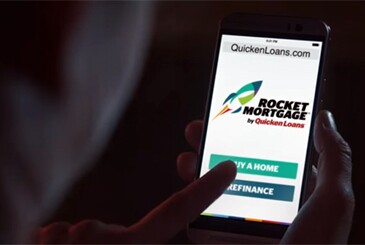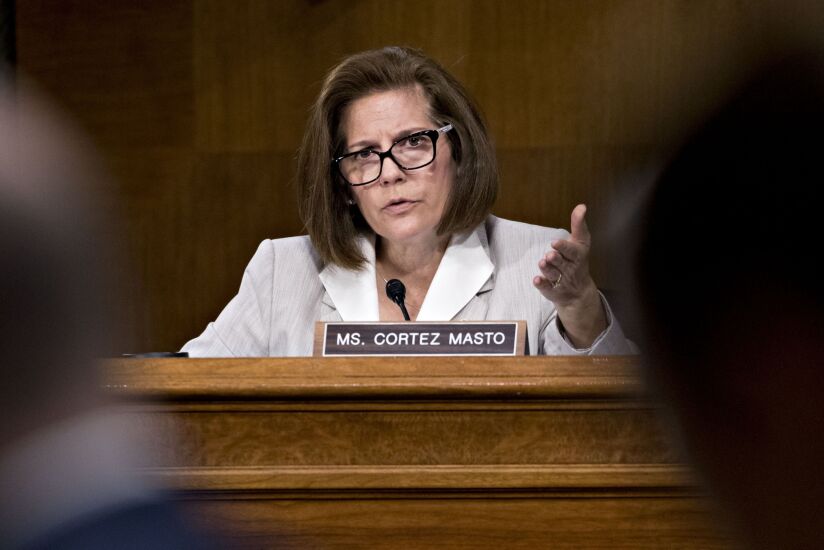The Federal Home Loan Bank System came under intense scrutiny in 2022 with its regulator, the Federal Housing Finance Agency, launching its first major review in 90 years. The question going forward is whether a review of the Home Loan banks will result in any major changes to the 11 regional banks — whose offices stretch from San Francisco to New York — or if the status quo will remain preserved.
Most consumers know little, if anything, about the system. It was created in 1932 in the depths of the Great Depression when the Hoover administration was trying to stanch a wave of millions of home foreclosures. At the time, hundreds of savings and loan companies went bust, and the Home Loan banks were devised as a way to prop up the sagging housing market.
Now critics argue the system has strayed from its core mission. Former Federal Reserve Gov. Daniel Tarullo
Whether the regulatory review will identify major shortcomings of the system and work to change them remains unclear. But critics — including some former Washington insiders — continue to push for oversight, including for a deeper review and understanding of whether taxpayers are getting a return on their investment.
Against that backdrop, here are four areas that bankers are paying attention to regarding the Home Loan banks.









